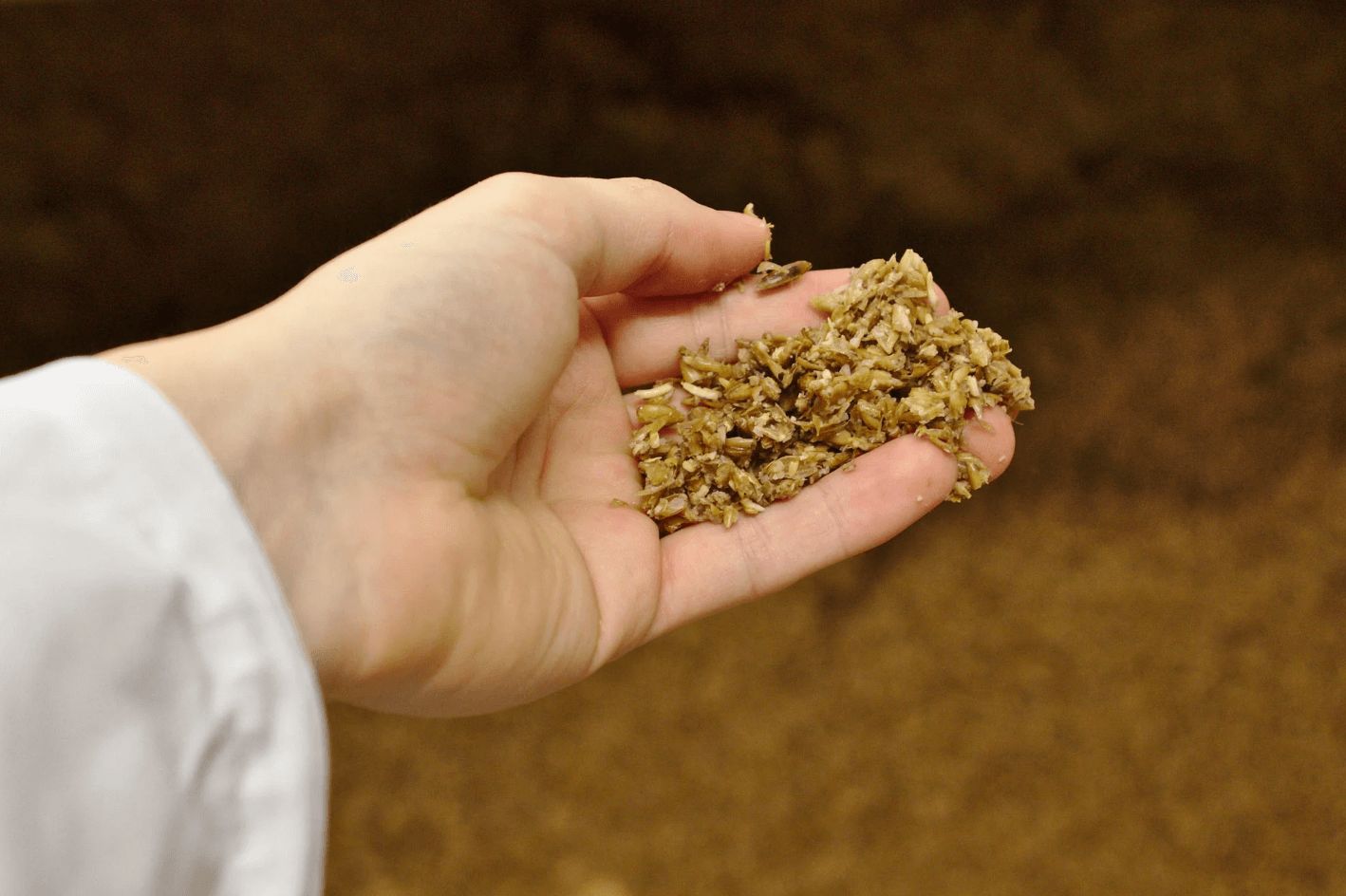- Thriving Guide
- Posts
- Is Upcycled Barley Protein a Good Alternative to Whey and Pea?
Is Upcycled Barley Protein a Good Alternative to Whey and Pea?
This sustainable protein source is gaining popularity, but is it as nutritious as traditional options?

If you're exploring plant-based protein options, you've likely come across upcycled barley protein. Touted for its environmental benefits and made from brewers’ spent grain a byproduct of beer production it’s the latest contender in the expanding world of sustainable nutrition. But how does it stack up against more familiar sources like whey or pea protein?
What Is Upcycled Barley Protein?
Upcycled barley protein is derived from the leftover grains used in beer brewing, specifically the fibrous outer layers of barley. These remnants are rich in:
Protein (up to 30% of total mass)
Fiber and lignin
Phenolic compounds
Vitamins and minerals
This protein is extracted and purified, creating a powder that’s being added to everything from shakes to protein bars. The brewing process partially breaks down the grain’s proteins, which may actually improve digestibility.
How Does It Compare Nutritionally?
While it’s nutrient-dense, upcycled barley protein is still relatively new, and limited data exists on its full nutritional profile. However, early studies have given some insight:
Amino acid uptake: One study found that upcycled barley rice protein had 87% of the amino acid uptake of pea protein and 69% that of whey protein.
Essential amino acids: It’s lower overall in essential amino acids except for methionine and tryptophan compared to whey and pea protein.
Absorption rate: Absorption appears to be comparable to pea and whey, which is a positive sign for its potential as a functional protein source.
Is It a Complete Protein?
Not on its own. Like most plant-based proteins, upcycled barley protein lacks sufficient levels of some essential amino acids, particularly lysine. A complete protein contains all nine essential amino acids in the right ratios, something typically found in animal proteins like whey.
However, you can still make upcycled barley a high-quality choice by combining it with other complementary proteins.
Effective Pairings for Barley Protein
To fill in the amino acid gaps, consider these common combinations:
Barley + Rice: Many upcycled barley protein powders already include rice protein, a natural pairing due to the brewing process. While this duo improves the nutritional profile, it still doesn’t always form a complete protein.
Barley + Legumes: Pairing barley protein with legumes like peas or lentils can create a more complete amino acid profile. For example, barley’s low lysine content is balanced out by pea protein’s higher lysine levels.
Barley + Seeds or Nuts: Combining with ingredients like chia seeds, hemp, or almonds can also enhance overall protein quality.
How to Choose a Quality Product
As the market for upcycled barley protein grows, so do the choices and the marketing claims. While sustainability is a major selling point, nutritional quality should not be overlooked.
When shopping for a product, look for:
Third-party testing to confirm purity and potency
Transparent ingredient sourcing to ensure sustainability claims hold up
Detailed nutrition labels including amino acid profiles, which can help determine if the product meets your dietary needs
Keep in mind that protein supplements aren’t regulated by the FDA, so due diligence is important.
The Bottom Line
Upcycled barley protein offers a promising, eco-friendly option in the protein space. While it doesn’t currently outperform whey or even pea protein in terms of amino acid content, it holds value especially when part of a balanced, varied diet. With the right combinations, it can help contribute to your daily protein needs without sacrificing sustainability.
Enjoyed this article? Subscribe to our newsletter or share it with someone exploring plant-based nutrition.